Fabric Design Basics
Fabric design involves a seamless repetition of one basic unit over the length of the cloth. In order to create effective repeating fabric designs, you'll have to consider following parameters:
- directionality and orientation of the design on fabric
- motif type (floral, geometric, novelty)
- repetition type (square, brick...)
- spacing and scale of motifs
- color
- style
Design Parameters
1. Directionality and Orientation
Directionality refers to the number of ways you can rotate fabric and keep the print looking the same. Most directional prints are oriented with the lengthwise direction of the fabric and can be one-way or two-way.
One-way prints can be turned only one way,otherwise they look upside down or sideways. These kind of fabrics present a real challenge for sewing because cutting layouts for lots of projects are designed in a way where pieces are oriented the same lengthwise and crosswise to minimize fabric leftovers. With one way fabric all pieces must be oriented the same way and because of that projects require more yardage.

Two way prints look the same on the right and on the wrong side so they don't limit fabric usage as much as one way fabrics.Stripes are considered a two-way print but they can be oriented in 4 or more directions and look good.
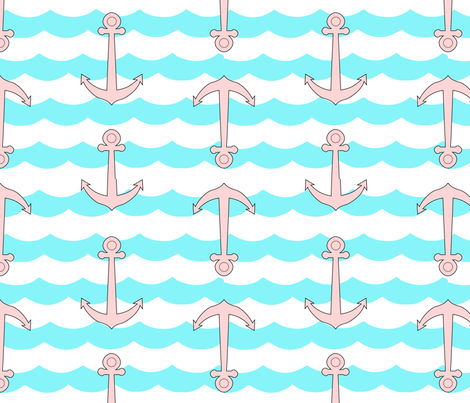
There are also non-directional prints and these are the easiest to work with because sewing pieces can be cut out in any direction which means less waste. These prints can be divided into tossed and 4-way prints. Tossed prints look the same when you rotate them in any direction, even on the bias. Visually they appear fun and relaxing. 4-way prints look the same when oriented at 0°, 90°, 180°or 270°. Tartan plaids are an example of this type of a print.
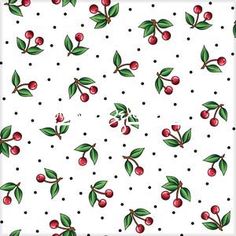
Tossed Print
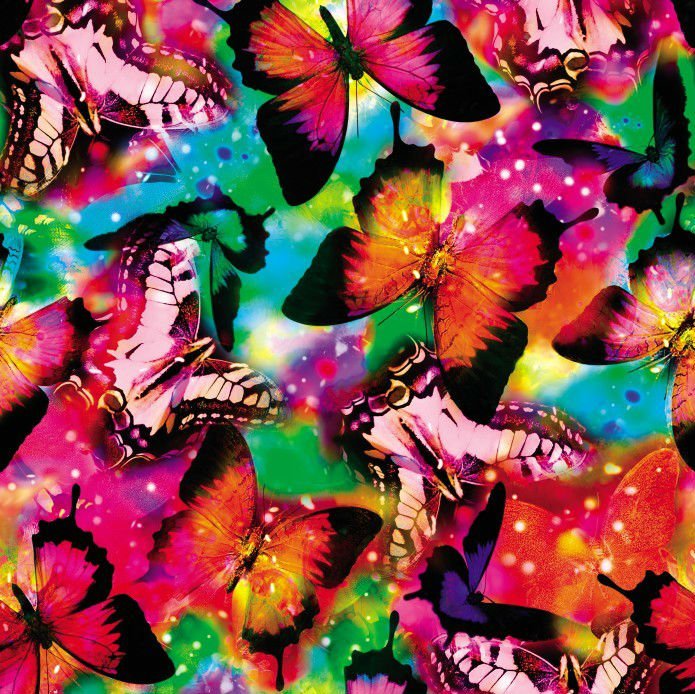
4 - way Print
Railroaded prints have motifs that run parallel to the selvage and they are usually found in upholstery fabrics. Border prints are usually designed with a specific end use in mind, such as tablecloths, skirts and aprons.
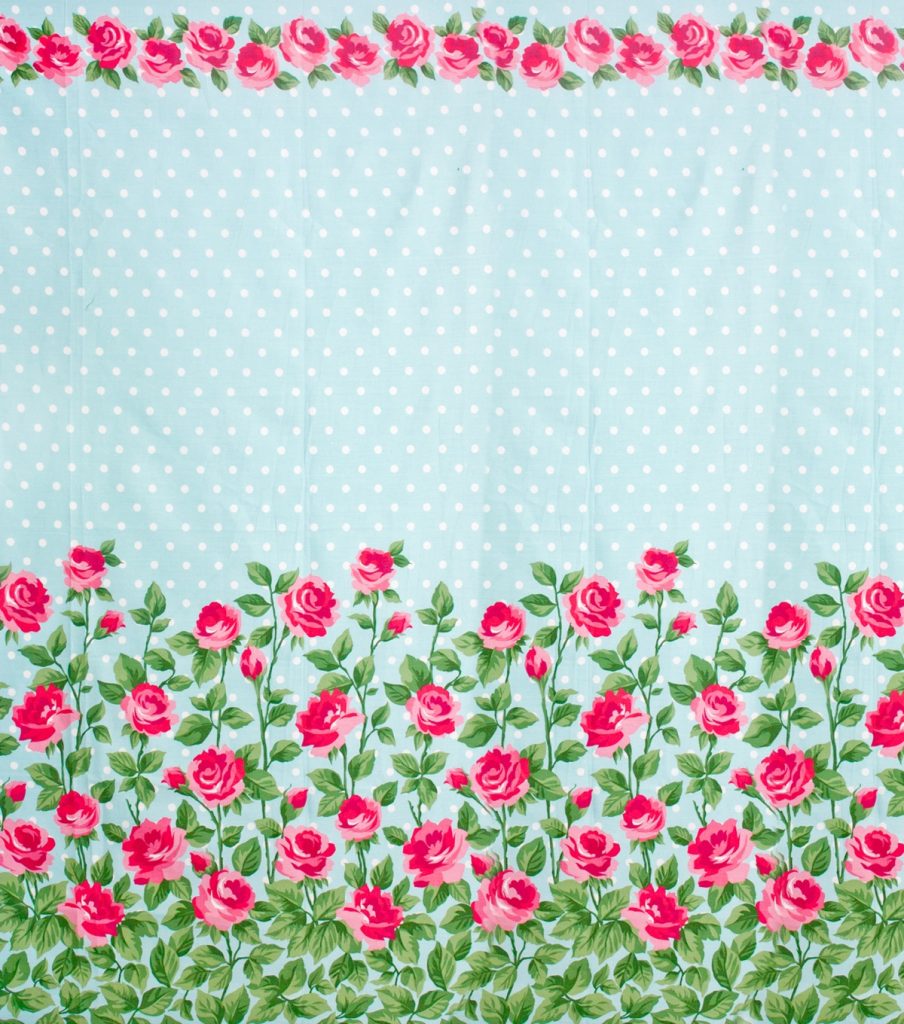
Craft panels include all the ready-to-sew pieces for a project, for example a stuffed toy, printed directly onto the fabric.
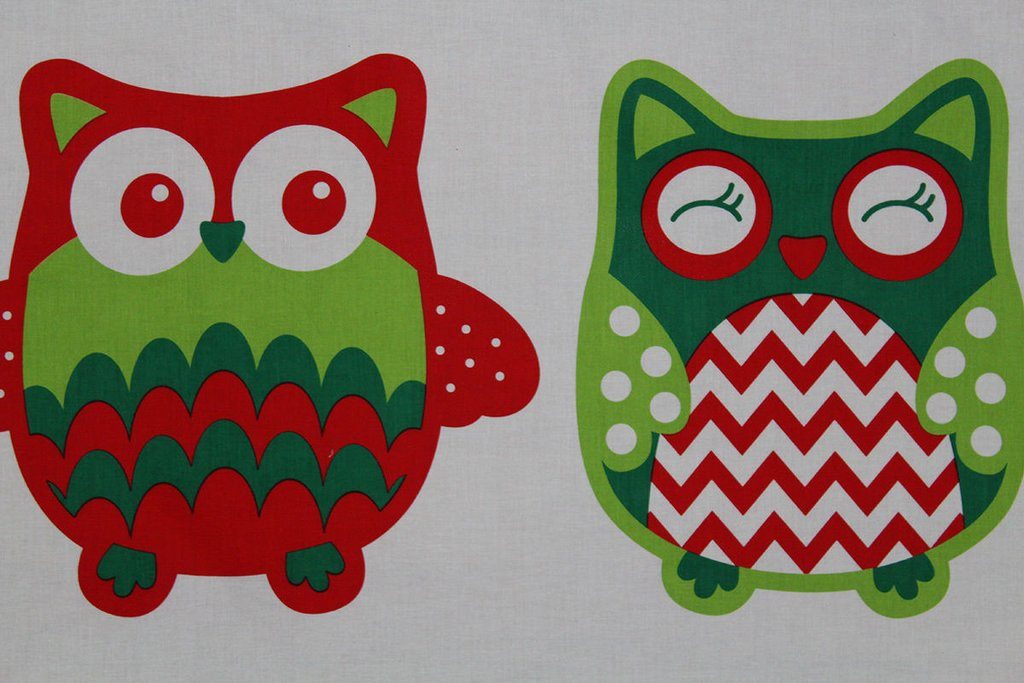
Placement prints are printed directly on a finished product, such as a T-shirt.

Engineered prints are similar to craft panels but more used in fashion, where the pieces are printed directly on the fabric, with the print already filled in.
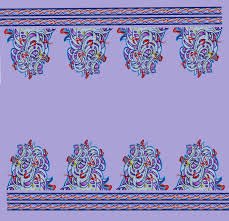
All-in-one prints include a mini-collection of different prints all on one length of fabric.
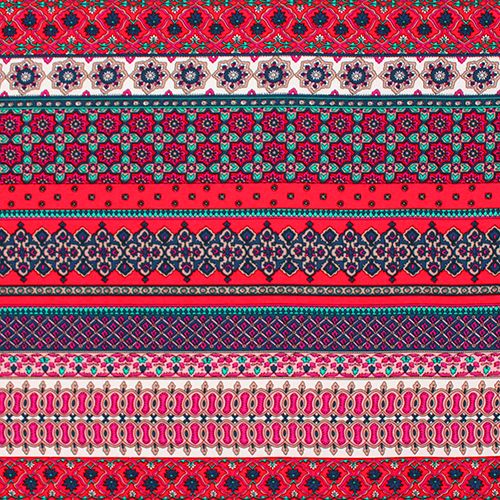
A cheater print is mock patchwork, usually simple squares or traditional quilt patterns and it makes quilting easier as there is no need for piecing before layering.
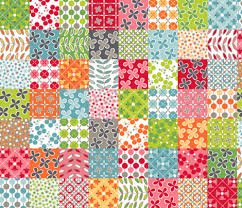
2. Types of Motifs
A motif is any element in a design. It is usually a repeated element but it doesn't have to be the case always. In textile design there are only 3 big categories of motifs: geometric, floral and novelty.
Geometric motifs include polka dots, stripes, plaids,checks and diamonds. They can be simple or complex, regimented or random, straight or curvy, or somewhere in between. Geometric prints are the most versatile and universal of prints.
Floral patterns and prints are a great part of every design tradition. They are feminine, beautiful and classic and they have a universal appeal.
Novelty prints include everything else that doesn't fall into these two categories. They have a special language, visually and as an emblem of identity for the one that wears them. There are several classic themes such as kitchen, nautical, zoo and holiday motifs but there are many others that fade in and out with fashion.
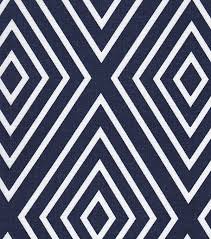
Geometric Print
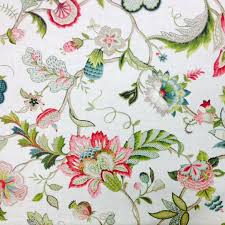
Floral Print

Novelty Print
3. Repetition
In classic pattern design, motifs can be arranged into repeating units to be printed continuously and seamlessly on a length of cloth.
Square repeat also known as block, side or straight repeat are the simplest type. The motifs are built within or overlapping a foundational rectangle and that rectangle is repeated as a simple grid.
Half-drop repeat involves alternating columns of the square repeat grid and pushes them down a fraction of the block height (1/4, 1/2,1/3) and creating a drop. This design creates a pleasant flow and balance when looking at it.
Brick repeat has the same concept as drops but affects pattern rows instead of columns.
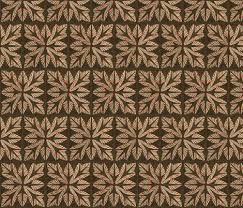
Square Repeat
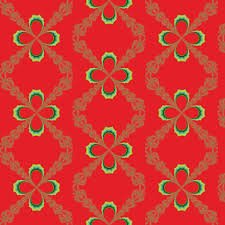
Half-drop Repeat
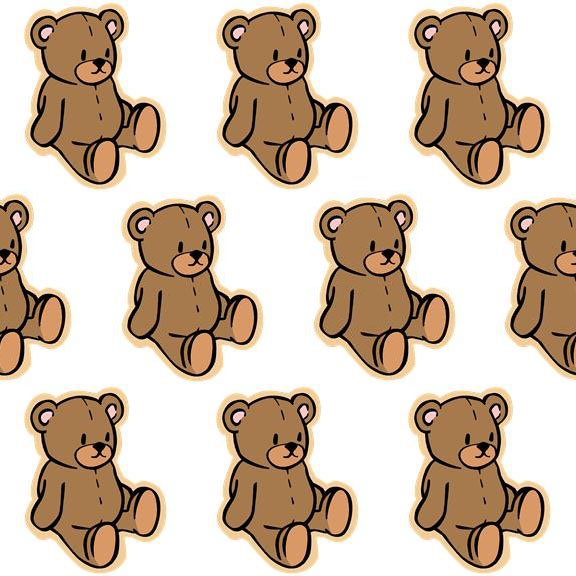
Brick Repeat
4. Random and Set Layouts
Motifs can be laid out so they look randomly scattered on the fabric or so they appear set in a some kind of arranged pattern. null
Random layouts make the repeat not obvious. When the eye flows over the cloth, the viewer should have to work a bit to find where the design begins to repeat. Square and drop repeats are most commonly used.
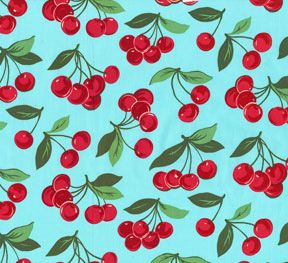
If a repetition is flaunted as an important element of the design , then this design is said to be in a set layout. Square, drop and brick repeats can form the underlying grid of a set layout. Geometric motifs are the ones most commonly used in set layouts.
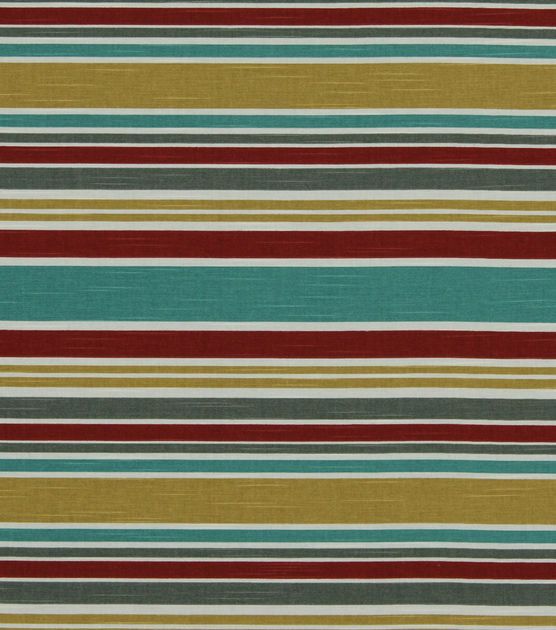
5. Spacing and Scale
Motifs can be packed together or spaced with lot of background showing. Some designs are alternating packed and spaced areas and are called open-and-closed.
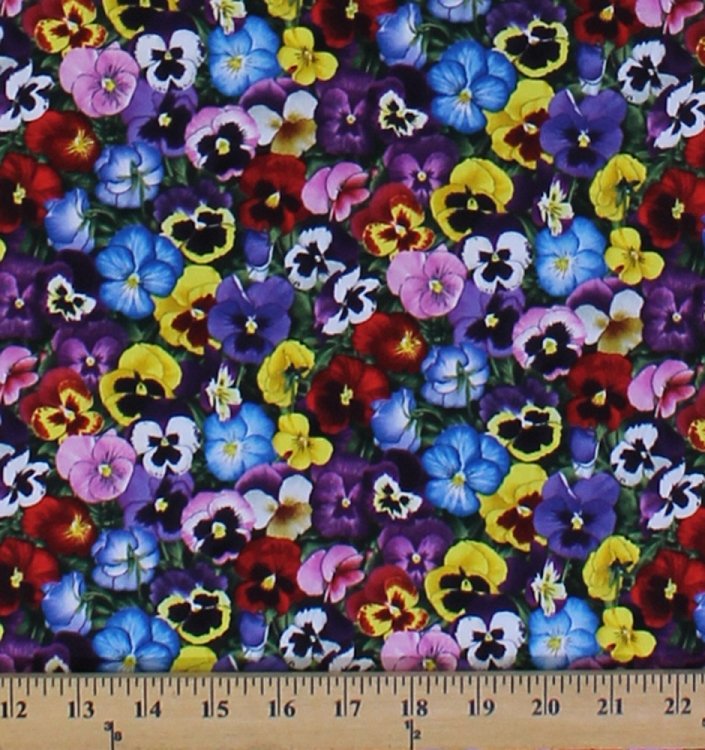
Packed Print
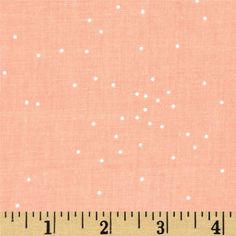
Spaced Out Print
Motifs can be miniature such as pin dots or gigantic, such as super-graphics. Small scale motifs are considered to me 1/2″ square and under, medium-scale motifs are from 1/2″ square to 4″square and large-scale motifs are greater than 4″ square.
These are the basic elements of fabric print design and they are the foundation for learning to design your own patterns and prints. In the next post, I'll go over these elements through tutorials on making different prints.

well explained. Thanks
I would really like to see more information about how to create the tossed repeats and the random repeats. I find these designs to be the easiest to work with for garment making, and yet often the hardest to find. I see many great motifs nowadays but the way they are repeated in lines or half drops renders them unusable for most adult clothing. What rules of design or Photoshop ideas need to happen to create a random overall design? Thank you for your informative article.
Thanks for the suggestion, I will add this to the list of new posts:)
It was fun been out here . The information about motifs has really helped. Thank you